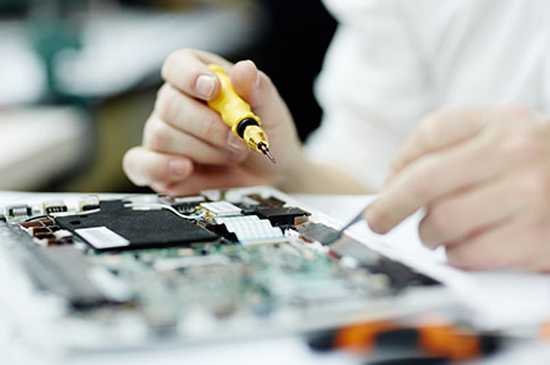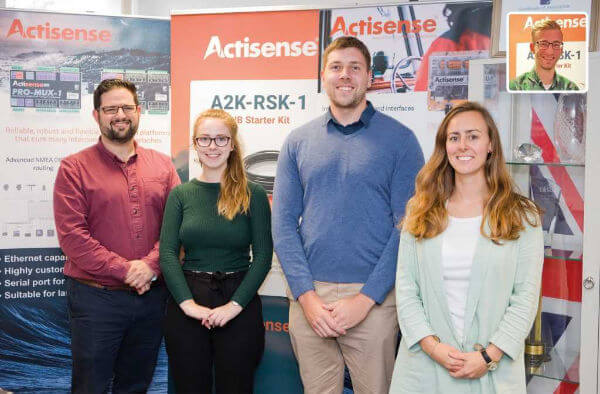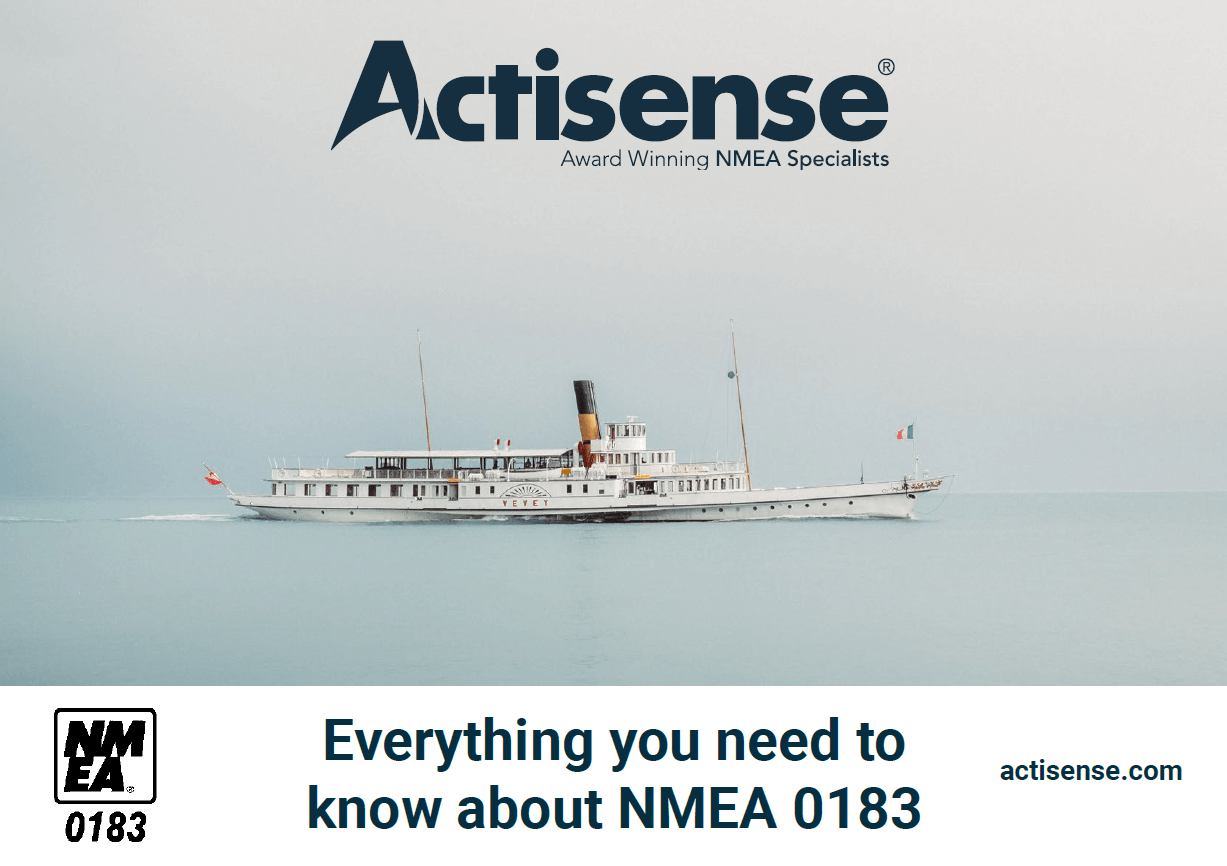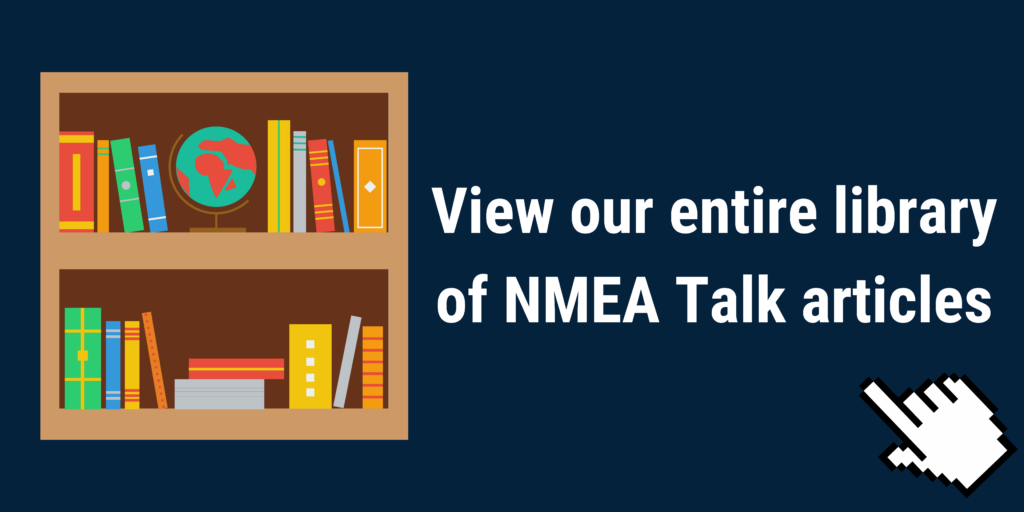Understanding the basics of NMEA 0183
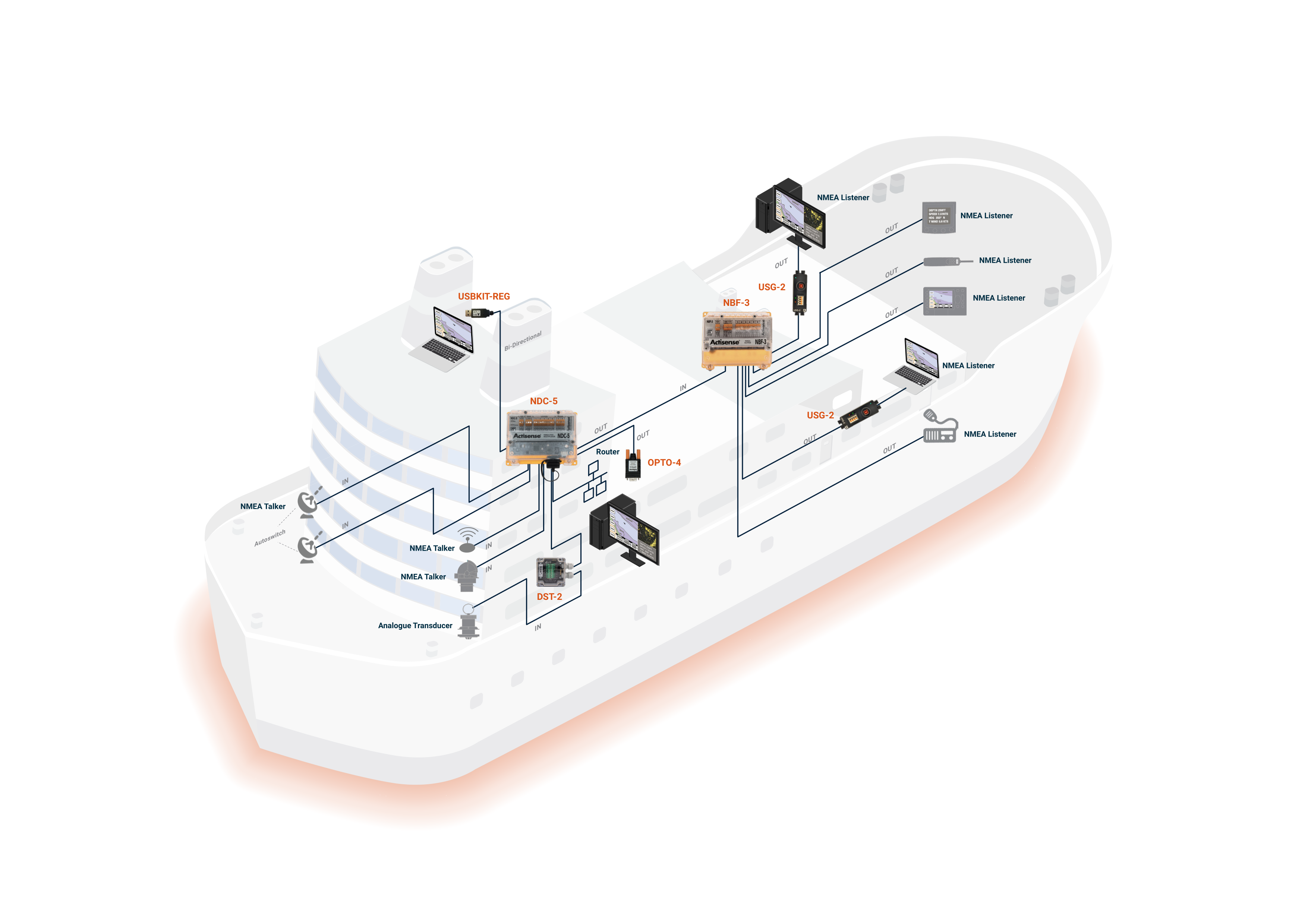
Understanding the basics of NMEA 0183
The NMEA developed a standard over 20 years ago that defines the interfacing between various pieces of marine electronic equipment and navigational computers. Allowing them to talk together and share vital information. The NMEA 0183 standard slowly became the common method by which marine electronic devices could talk to one another.
The standard specifies both the electrical connections that make up an NMEA system, the communications method of transferring the data, and the format of the sentences which carry the NMEA data.
The NMEA 0183 standard is a purely digital data transmission method. Using a binary format of ‘1’ and ‘0’, to communicate a digital representation of the required data to a connected device.
NMEA 0183 evolved from the earlier standards (NMEA 0180 and 0182). However, because they differ in baud rate and transmission parameters, they are not compatible with NMEA 0183. Similarly, the ‘newer’ NMEA 2000 standard is completely different. The two networks cannot be mixed without a specialist gateway device in between converting the two standards, such as the Actisense NGW-1.
The Basics
The NMEA standard defines the electrical signalling, data protocol and sentence formats for abaud serial data bus. NMEA data is transmitted from a source such as a GPS, depth sounder, compass etc…
These devices are called ‘Talkers’. Equipment receiving this data, such as a Chart Plotter, Radar, PC, NMEA Display are called ‘Listeners’. Each NMEA 0183 connection / bus will have one talker, but is capable of many listeners.
The latest specifications for NMEA 0183 (version 2 and onwards) should, as a minimum, meet the requirements of the computer standard “RS422” (Standard EIA-422-A). They use +5 / 0 volt signalling, which is low voltage and easy to interface to computer equipment.
However, voltage levels present on an NMEA 0183 network can be much greater – up to +/- 15 volts. Particularly where older equipment is used, as the original version 1 specification used +/- 12-15 volt signaling. Thus, all NMEA 0183 inputs conforming to v2.0 and higher should be capable of receiving +/- 15 volt differential signals without suffering damage.
The NMEA 0183 specification also requires that all receiving equipment must be opto-isolated. This opto-isolation requirement reduces the chances of interference and removes the problem of ground loop effects.
All connections should be made using twisted pair cabling, with a shield. To prevent ground loops, the shield should only be connected at one end – NMEA specifies that the shield should be connected to the Talker chassis.
Communication Specification
All data is sent in printable ASCII form (data bit 7 is always zero in NMEA 0183 data transmissions, and all characters should be between ASCII HEX 20 and HEX 7E). This means that it can be viewed directly on a PC “terminal” type program (like ‘HyperTerminal’) – even though what is seen may not make much sense.
Note: NMEA 0183-HS or NMEA 0183 v3 is in no way related to the new NMEA 2000 standard (as is incorrectly suggested by some manufacturers). It uses a totally different electrical connection standard that is not compatible with NMEA 0183 in any way.
If you require the ability to convert between NMEA 0183 and the new NMEA 2000 network, the Actisense NGW-1 Gateway will allow full bidirectional conversion between the two different standards.
The Differing Versions of The 0183 Standard
As the NMEA 0183 specification has slowly evolved over the years, connecting one device to another is not always a simple matter. The situation is further complicated, as many manufacturers still use the old (“single ended”) method of connection because it is cheaper to implement.
So how can an older type NMEA device be connected to a newer type device? Care is needed – it is possible to damage or overload the output of a newer differential device if it is incorrectly connected to an older device.
This is because the older devices used ground as the return, whereas the newer devices actually drive the NMEA “-/B” line between 5v and 0v. Thus, connecting this output to ground will result in high currents being drawn by the driver instrument, resulting in potential overheating and damage to the driver circuits.
Introducing Actisense ISO-Drive™
To solve all the above fundamental interfacing problems, Actisense implements ISO-Drive outputs on all new products. These outputs provide the essential isolation that will keep a system safe when mixing products from different manufacturers on a complex marine bus. If the ISO-Drive “B” line is connected to ground, no current will flow and the system is safe.
For more information on NMEA 0183, device connectivity and our NMEA 0183 products, download our free guide to NMEA 0183.

